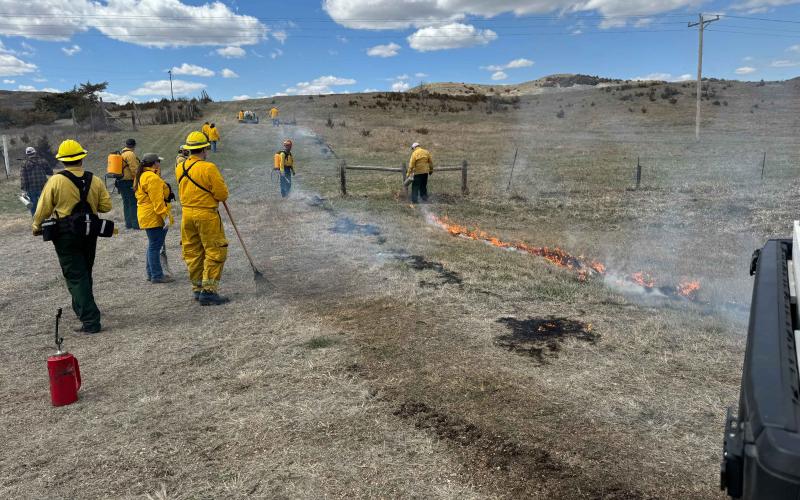
The predominant factor in winter grazing is ensuring adequate forage availability while considering overall long-term range health and maintenance. When managed correctly, grazing winter range can be a viable option for controlling feed costs and ensuring herd health without negatively impacting rangelands. Therefore, winter grazing must be part of a ‘planned’ grazing approach.
Livestock intake needs may fluctuate based on the nutrient density of the available forages, and measurements of the forage production and quality of winter pastures is recommended for an accurate stocking plan. Forage degradation due to weather, breakage from wind, and compaction from snow can decrease available winter forage, so consideration for forage loss due to winter weather is critical if the range is to ‘carry’ the herd through the winter months.
It is possible to ‘overgraze’ winter rangelands, and careful planning is necessary. Overstocking winter range can lead to negative impacts to individual plants, potentially damaging the base of the plant and robbing it of vital nutrients for spring growth. Severe winter grazing can expose soil, leading to future issues with invasive species, especially in dry regions. Overall, mismanagement of winter range can negatively affect animal health and future grassland production, leading to increased reliance on stored feeds and potential weed issues.
Managing herd size and matching it to pasture production is an important component to winter grazing. If stocking density is too high in relation to forage availability, feed supplementation may be necessary. The potential impacts on the range from concentrating animal activities through supplemental feeding should be continuously monitored. To protect the integrity of the range in these situations, reduced access to native pastures can minimize unnecessary damage. Finally, producers should make available a reliable source of water, since it is the first limiting nutrient in an animal’s diet.
The Healthy Grasslands article series is provided by the South Dakota Grassland Coalition in partnership with SDSU Extension. Contributing editors: Alexander J. Smart, Peter J. Bauman and Joshua Lefers. © South Dakota Grassland Coalition 2017. For more information, view the full publication or visit the South Dakota Grassland Coalition website.


